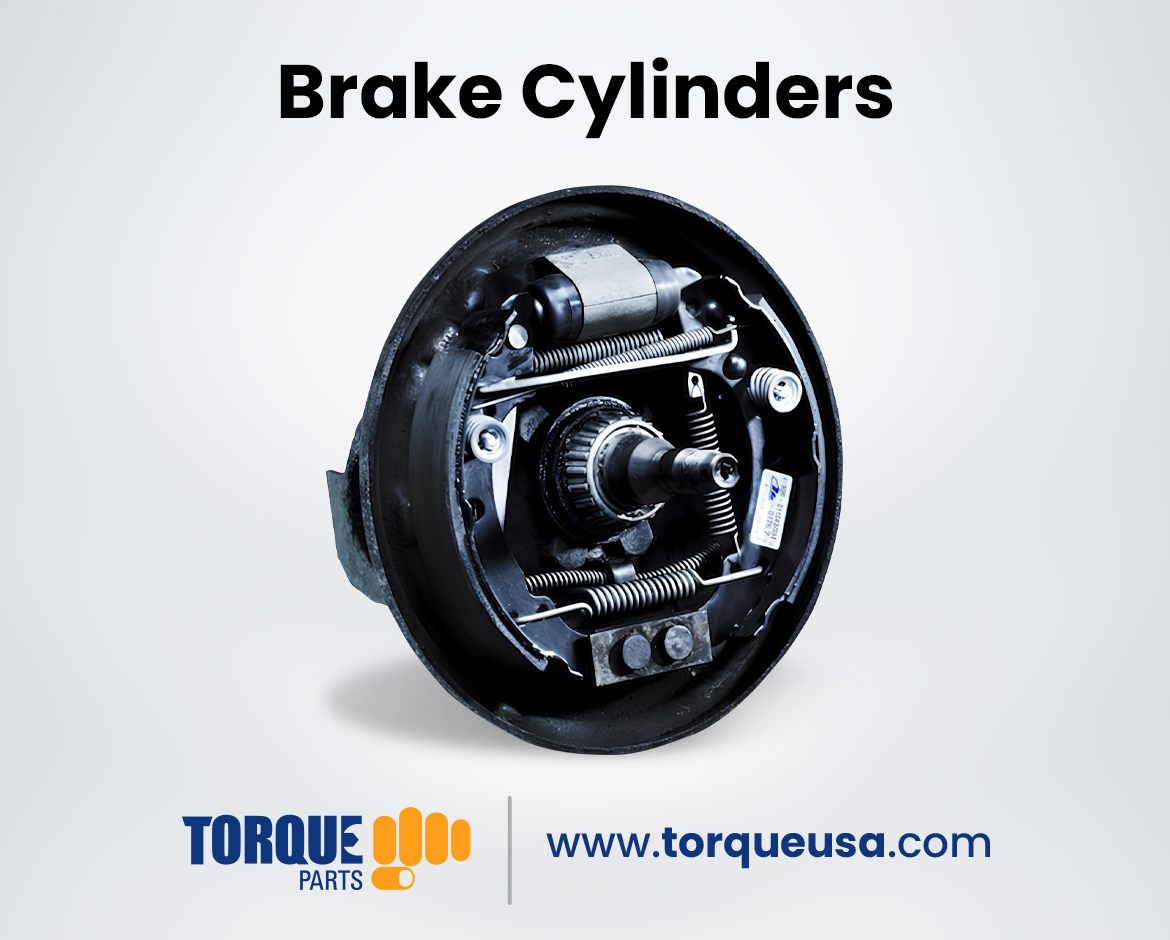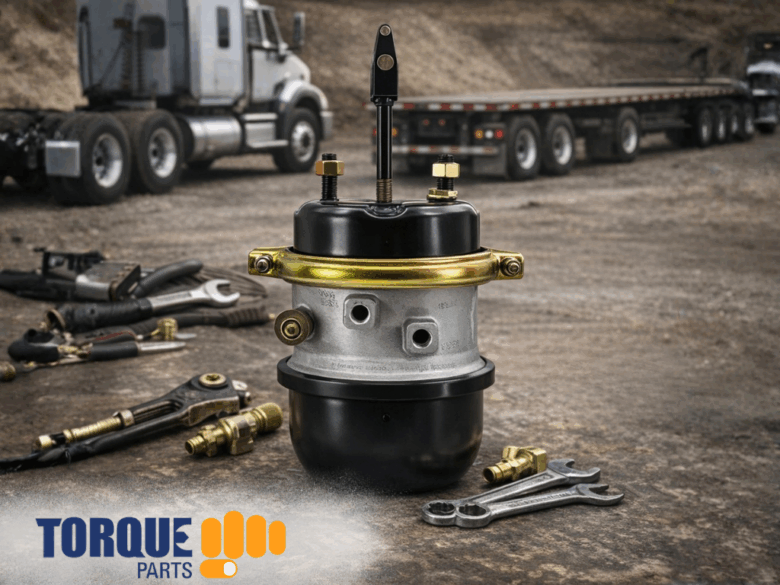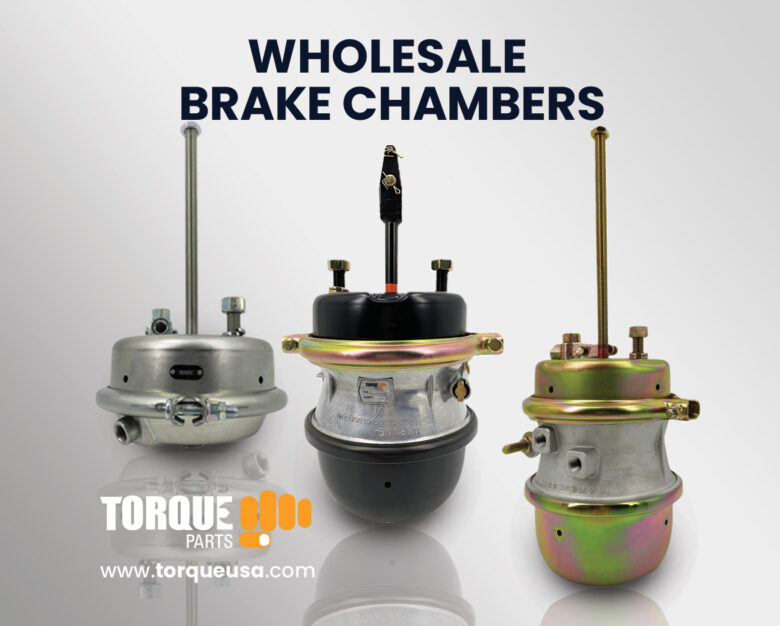
Brake cylinders are an essential component of a vehicle’s braking system, responsible for applying pressure to the brakes and stopping the car. In this blog post, we will explore the different types of brake cylinders commonly found in vehicles, including drum and disc brake cylinders. We will also discuss the importance of regular maintenance for brake cylinders, as neglecting this crucial aspect of vehicle care can lead to potential safety hazards and costly repairs. Whether you’re a car enthusiast or simply looking to understand more about vehicle maintenance, this post will provide valuable insights into the world of brake cylinders.
Types Of Brake Cylinders
Brake cylinders are a crucial component of the braking system in a vehicle, especially in trucks. These cylinders play a key role in converting the applied force from the driver’s foot into hydraulic pressure, which in turn activates the braking mechanism. There are primarily three types of brake cylinders commonly used in vehicles: master cylinders, wheel cylinders, and clutch slave cylinders.
- Master Cylinders:
The master cylinder is located in the engine compartment and is responsible for generating the hydraulic pressure required for braking. It contains a piston that moves when the driver applies pressure to the brake pedal. This movement creates pressure in the brake fluid, which is then transmitted to the wheel cylinders or calipers to initiate the braking process. The master cylinder is designed to accommodate multiple brake circuits, ensuring the safety of the vehicle even if one circuit fails.
- Wheel Cylinders:
Wheel cylinders are found in drum brake systems and are responsible for applying pressure to the brake shoes, causing them to press against the drum. They are usually located at each wheel and work in conjunction with the master cylinder. When the hydraulic pressure is applied, the wheel cylinder’s pistons extend, pushing the brake shoes against the drum and creating friction, which ultimately slows down or stops the vehicle. It is essential to regularly inspect and maintain wheel cylinders to ensure proper braking performance.
- Clutch Slave Cylinders:
Although not directly related to braking, clutch slave cylinders are another type of cylinder commonly found in vehicles with manual transmissions. These cylinders are responsible for the operation of the clutch system, which enables the driver to change gears smoothly. Similar to wheel cylinders, clutch slave cylinders also use hydraulic pressure to engage or disengage the clutch when the driver presses or releases the clutch pedal.
In conclusion, understanding the different types of brake cylinders is essential for maintaining a vehicle’s braking performance. Regular maintenance and inspection of these cylinders are crucial to ensure the overall safety and reliability of the braking system, as well as the vehicle as a whole. It is recommended to consult with a professional mechanic or refer to the vehicle’s manufacturer guidelines for specific maintenance procedures.
Importance Of Regular Maintenance
Regular maintenance is a crucial aspect when it comes to ensuring the performance and longevity of various mechanical components, including brake cylinders in a truck. By regularly inspecting and servicing these vital parts, potential issues can be identified and addressed early on, preventing costly repairs and reducing the risk of accidents. This article will highlight the significance of regular maintenance for brake cylinders and offer insights into the various types of maintenance that should be performed.
Brake cylinders play a critical role in the braking system of a truck. They are responsible for converting hydraulic pressure into mechanical force, which results in the application of the brakes. Over time, wear and tear can cause damage to the cylinder, leading to decreased braking performance. Regular maintenance allows for early detection of any signs of leakage, corrosion, or malfunctioning components within the cylinder.
One important aspect of regular maintenance is ensuring the proper functioning of the brake fluid. The fluid within the cylinder plays a vital role in transmitting the hydraulic pressure to the brakes. It is essential to monitor the fluid levels regularly and replace it when necessary, as contaminated or insufficient fluid can adversely affect the braking system’s performance. Additionally, the brake lines and hoses should be inspected for any signs of wear or damage.
Regular inspection and servicing of brake cylinders are vital for the overall safety of the truck and its occupants. It is recommended to follow the manufacturer’s guidelines regarding the frequency of maintenance checks and replacements. By adhering to these maintenance schedules, potential issues can be detected and resolved before they escalate, ensuring the optimal functioning of the braking system and preventing accidents.
| Importance of regular maintenance for brake cylinders: |
| – Prevents costly repairs |
| – Reduces the risk of accidents |
| – Identifies leakage, corrosion, or malfunctioning components early on |
| – Ensures proper functioning of the brake fluid |
In conclusion, brake cylinders play a critical role in a vehicle’s braking system, converting hydraulic pressure into mechanical force to enable effective braking. This article has examined the different types of brake cylinders, including master cylinders, wheel cylinders, and clutch slave cylinders, emphasizing their importance in maintaining overall braking performance.
Understanding the different functions of these cylinders highlights the need for regular maintenance, a critical aspect of ensuring the safety and reliability of a truck. Neglecting the maintenance of brake cylinders can lead to potential safety hazards, decreased braking performance, and costly repairs. The article underscores the significance of periodic inspection and servicing, allowing for early detection of issues such as leakage, corrosion, or malfunctioning components.
Moreover, the importance of maintaining proper brake fluid levels is highlighted, as contaminated or insufficient fluid can adversely affect the braking system’s performance. Regular checks of brake lines and hoses are also emphasized to identify any signs of wear or damage. Following the manufacturer’s guidelines regarding the frequency of maintenance checks and replacements is crucial to preventing accidents and ensuring the optimal functioning of the braking system.
In summary, regular maintenance for brake cylinders is a proactive measure that not only prevents costly repairs but also reduces the risk of accidents by addressing potential issues early on. By prioritizing the proper functioning of brake cylinders through regular inspections and servicing, truck owners can contribute to the overall safety and longevity of their vehicles.




